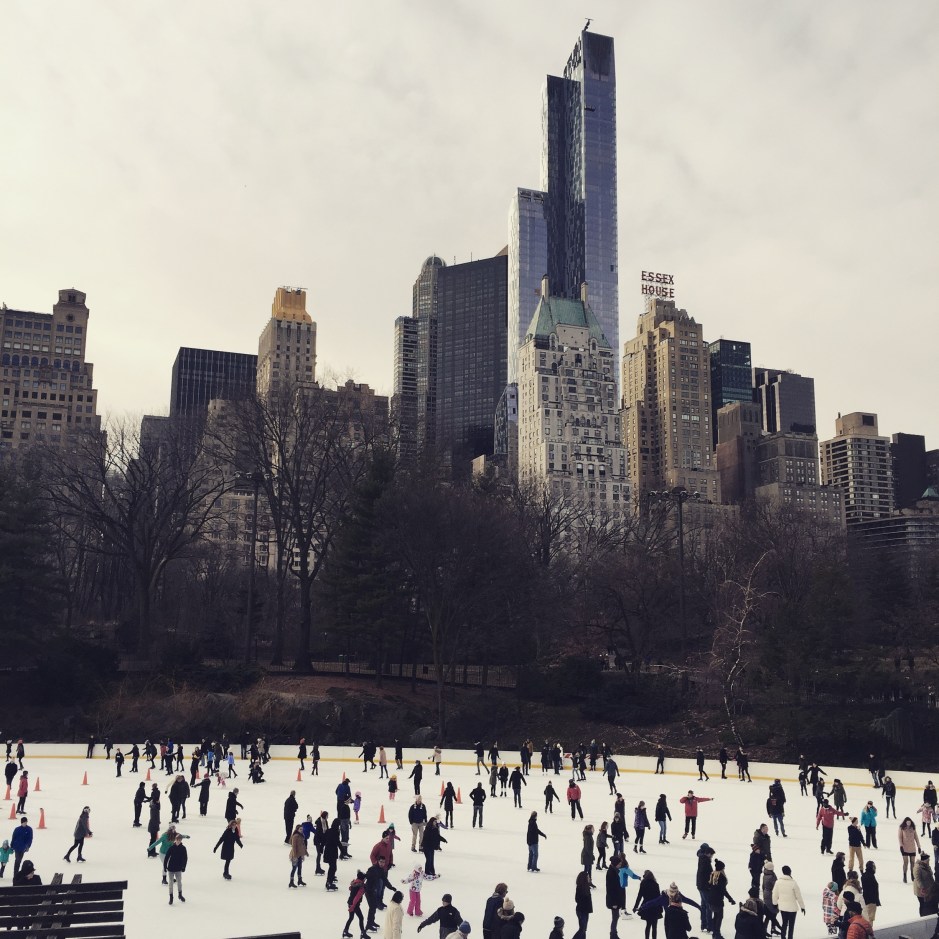What’s the first word that pops into your mind when you think of the Lower East Side of Manhattan? Tenements? Immigration? Delis? Nightlife? All of those would be correct associations, but we can now add gastropubs, new development high-rises, and trendy hotels to the mix. For this dérive (an unplanned walk in an urban environment), I wandered this rapidly transforming neighborhood.
The Lower East Side once included the area now known as the East Village, but now is considered to be roughly between East Houston Street and Canal Street to the north and south, Bowery to the west, and the FDR Drive to the east. Before the Revolutionary War, the area was home to the Delancey farm, leaving only the names of Delancey and Orchard Streets as remnants of this pastoral history. A working class neighborhood for centuries, it hosted many different immigrant groups, but is perhaps best known for its Jewish population. When the American Girl doll company chose to add Rebecca Rubin – a Jewish girl growing up with an immigrant family in 1914 – to their roster of historical dolls, this fictional family was placed in the Lower East Side.
Starting on East Houston and Bowery, heading east, it doesn’t take long to find one of the iconic symbols of the area’s Jewish immigrant past – Katz’s deli on East Houston and Ludlow. It’s hard to be in Katz’s without thinking of the famous scene from When Harry Met Sally (culminating in the famous line, “I’ll have what she’s having”) but it’s survived since 1888 based on the quality of its pastrami sandwiches. Bring cash – no credit cards accepted, but the attitude from your server is free.
Continuing east on Houston and turning south on Norfolk Street, the fifth oldest synagogue building in the United States, now the home of the Angel Orensanz Foundation, is on the east side of the street. After the Jewish population had largely left the area in the 1970’s, the building was abandoned and left to disrepair before being purchased by Spanish sculptor Angel Orensanz for studio space. The gothic-revival architecture of the building has been restored and the building now functions as a center for the arts as well as an artist’s studio.
Walking along Orchard Street, several signs of the changes taking place in the neighborhood appear. Russ and Daughters (named back in 1914, so don’t think that going into business with your daughters is solely a modern trend) has had a storefront selling Jewish deli food on East Houston for a century, but now an upscale sit-down restaurant, Russ and Daughters Café, is on Orchard Street. Guss’ Pickles was once in a small store on Orchard and Broome, but now with the retail location closed, jars can be found for purchase in Whole Foods and Fairway. Similarly, the Essex Street Market on Essex near Rivington reflects in some ways the small food shops that once populated the neighborhood, but now exists in a food hall, with prices the residents of the neighborhood even 15 or 20 years ago could not have believed. The Tenement Museum, on Orchard near Delancey, has preserved the way of life of immigrants to the area during the 19th and early 20th centuries. Given that quite often only the history of the wealthy is recorded for future generations, it’s significant and rather unique that this museum exists.
Turning back to head north again, when crossing Delancey, I looked east and saw the Williamsburg Bridge. When it was built, many Jewish residents moved from the Lower East Side to Williamsburg in Brooklyn. Now the rebirth of Williamsburg as a popular place for young people to live and go for nightlife is mirrored in the Lower East Side, part of the fascinating cycle of change seen all over New York City in all time periods.
Heading over to Ludlow Street, I could not help but notice the new developments being built in the neighborhood. Although still primarily low-rise tenement buildings, new high-rise condos with all the amenities you could find in a similar building in Soho or Nolita (for, at least for now, at a lower price point) are beginning to spring up. The Blue Condominium was the first – and to many, it failed to fit into its environment (being much larger than surrounding buildings and extremely blue) – and many more are now in various states of construction. The rapid gentrification of the area led the National Trust for Historic Places to put the Lower East Side on their list of America’s Most Endangered Places. While it seems to me that it benefits neither the city nor the neighborhood to leave it full of crumbling tenements, a increased sensitivity in ensuring that the new developments blend in better with their surroundings can only be a good thing. The Hotel on Rivington was built to show off and contrast with its neighbors, while the Blue Moon Hotel, equally new and trendy inside, kept the exterior appearance of the building it renovated, making it almost identical to surrounding buildings.
Julian Casablancas sings about the inevitable changes that have been transforming the area in his song, “Ludlow Street.” In a typical Lower East Side scene, heading out in the morning after an evening of drinking too much, he thinks about how the indigenous Lenape tribes were first to be pushed out in 1624. As he sings, “Faces are changing on Ludlow Street/Yuppies invading on Ludlow Street/Nightlife is invading on Ludlow Street/And it’s hard to just move along.”


























